In late 2022, ChatGPT hit the streets with little warning. Few knew what the Microsoft and Elon Musk-backed artificial intelligence startup OpenAI had engineered or how quickly it would become one of the most impactful technology stories in recent years.
Within just five days of its release, ChatGPT attracted over a million users. By January of this year, it charged past a hundred million users, generating untold numbers of school papers, song lyrics, blog posts, computer code, language translations, and marketing content for individuals and businesses worldwide.
Marketing Your Agency with ChatGPT
How could AI copywriting impact your agency? For most insurance agents, the perfect starting place is content marketing. ChatGPT’s ability to quickly generate content for a range of audiences and marketing objectives is already reaching investors and growing businesses.
Picture ChatGPT as a new copywriter, ready to deliver huge amounts of content in mere seconds. They’re a rookie that will need plenty of help to do their job well, but their round-the-clock availability and affordability make them a valuable asset.
Ready to hit the gas? Navigate your web browser to https://chat.openai.com/chat, and create an account. Here are five tips to get the most out of your new assistant.
- Introduce Your Agency
Start your ChatGPT journey like you would with any new team member. Introduce your agency and explain your marketing objectives. If you’re curious, ask the program questions about itself and its capabilities. ChatGPT is persistent (unless instructed to forget previous instructions), meaning that everything you teach influences how it interacts with you. When you spend time with ChatGPT, not only are you developing a model of how it works, but it’s also developing a model of you and what you want.
- Analyze Your Marketing
If you have a brand book, share its contents with ChatGPT, especially if you’ve gone through similar steps with a marketing consultant or similar expert. This document sets forth branding elements such as tone, mission statement, market position, identity, and values. It’s designed to ensure brand consistency and quality and attract clients to your practice.
Alternatively, if you have marketing that you feel represents your brand and goals, copy and paste them into the ChatGPT interface, and ask the program to analyze them for brand guidelines.
The resulting output is an excellent example of how ChatGPT understands content and can become the cornerstone of your instructions on generating similar material. In short, if you want ChatGPT to help you with your marketing, teach it to mimic your best work.
- Refine and iterate
Don’t be discouraged if your first draft isn’t perfect. Much of ChatGPT’s power lies in its persistence—allowing you to train and reiterate the results until you get what you’re looking for. Is your first draft too short, formal, poorly structured, or otherwise not what you’d hoped for? Respond with a helpful, critical eye, and keep honing the results until you have a workable draft.
- Repurpose Marketing Content
Content repurposing has existed for as long as content marketing and is one of the most powerful tools in a marketer’s arsenal and one of this platform’s greatest strengths.
Here are some examples of ways you can ask ChatGPT to repurpose existing content:
- Summarize a popular news article for a podcast script
- Analyze a high-performing blog post and write a social media caption to promote it on LinkedIn, including hashtags
- Rewrite a new client welcome letter in a warmer tone
- Generate a new landing page content based on the following examples
- Add a conclusion paragraph summarizing key points to an unfinished blog post
- Navigate the Pitfalls
As powerful as ChatGPT is, it has several performance issues you should be aware of.
- It isn’t good at fact-checking. In ChatGPT’s enthusiasm to write everything you ask, the program tends to misstate facts, misunderstand content, and sometimes make things up entirely.
- It isn’t up to date. The official ChatGPT training library cutoff is September 2021, meaning it “knows” very little about anything that happened within the last year and a half.
- It doesn’t know marketing best practices. There is a skill to writing social posts, emails, blogs, etc., that drives engagement with your target audience, calms clients’ nerves, or piques the interest of prospects.
Best Practices
- Ask it to edit existing content. ChatGPT excels at customizing existing content to your voice and providing pithy summaries of longer pieces. As a bonus, this approach also eliminates many of your fact-checking risks.
- Don’t expect to get it right the first time. A good output usually requires some back-and-forth refinement and editing.
- Factcheck everything! ChatGPT tends to generate statistics and other information that might not hold up to closer scrutiny.
- Edit for marketing best practices and compliance. ChatGPT doesn’t understand compliance rules even when prompted and might sneak in promissory language or other wording that won’t pass muster – nor will it know marketing best practices.
- Integrations are coming. Companies across multiple industries are rushing to develop software integrations designed to bridge ChatGPT’s shortfalls and make it easier to use this powerful tool. Keep an eye out for the latest and greatest.
Conclusion
I hope these five tips and best practices help you better understand ChatGPT’s strengths, weaknesses, and powerful potential. From pocket calculators to the internet, this is far from the first time disruptive technology has led to important changes in our work and lives. While some may focus on the downsides or reasons we shouldn’t use it, eventually, the benefits outweigh the drawbacks, and we won’t be able to imagine a world without it.
If you’re interested in jumping in with other early adopters, the best advice is to use it for what it’s good at, be cautious and aware of what it isn’t, and look for technology companies that make it easier to leverage in your existing business processes. Now, that’s a win!






